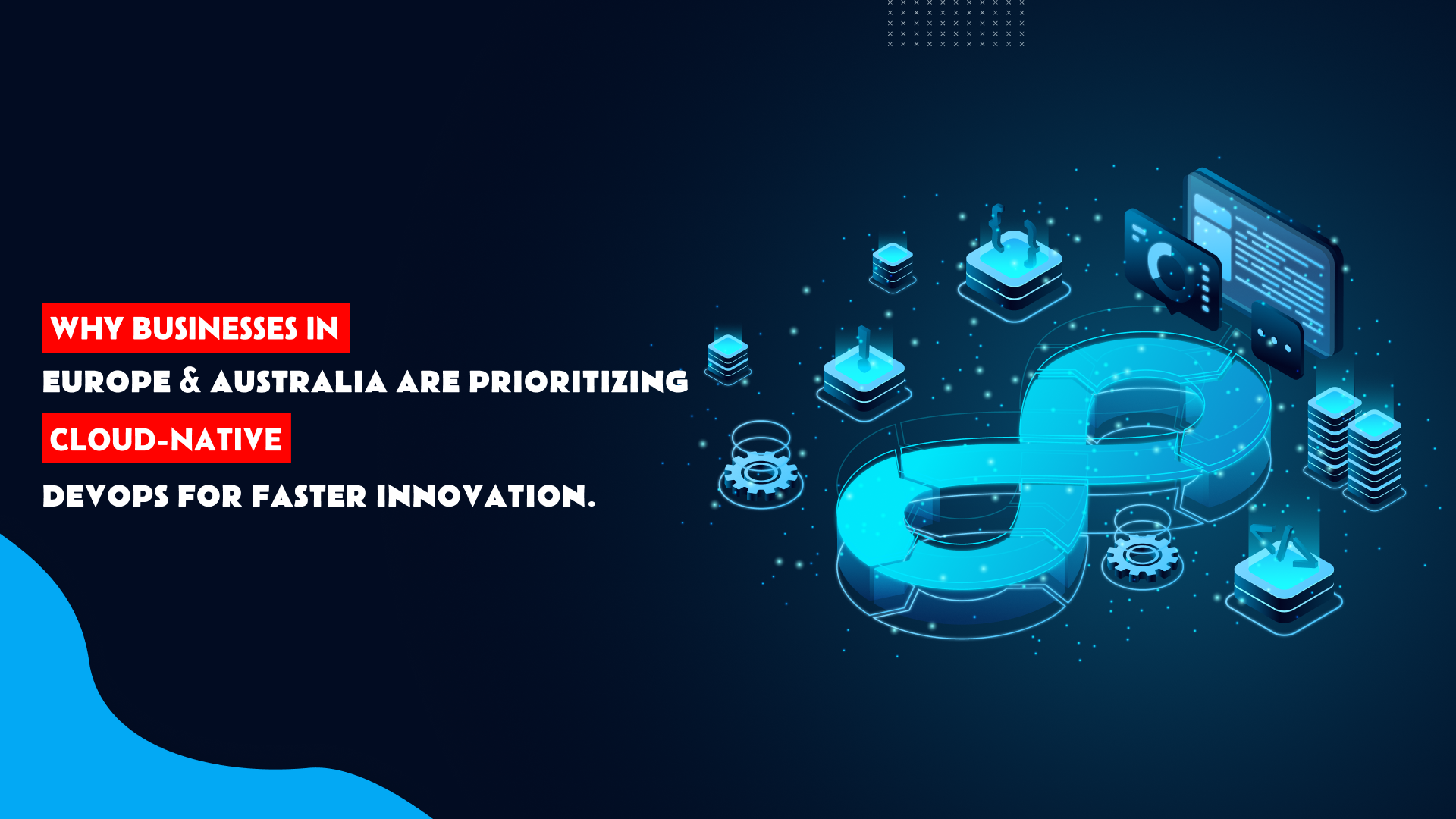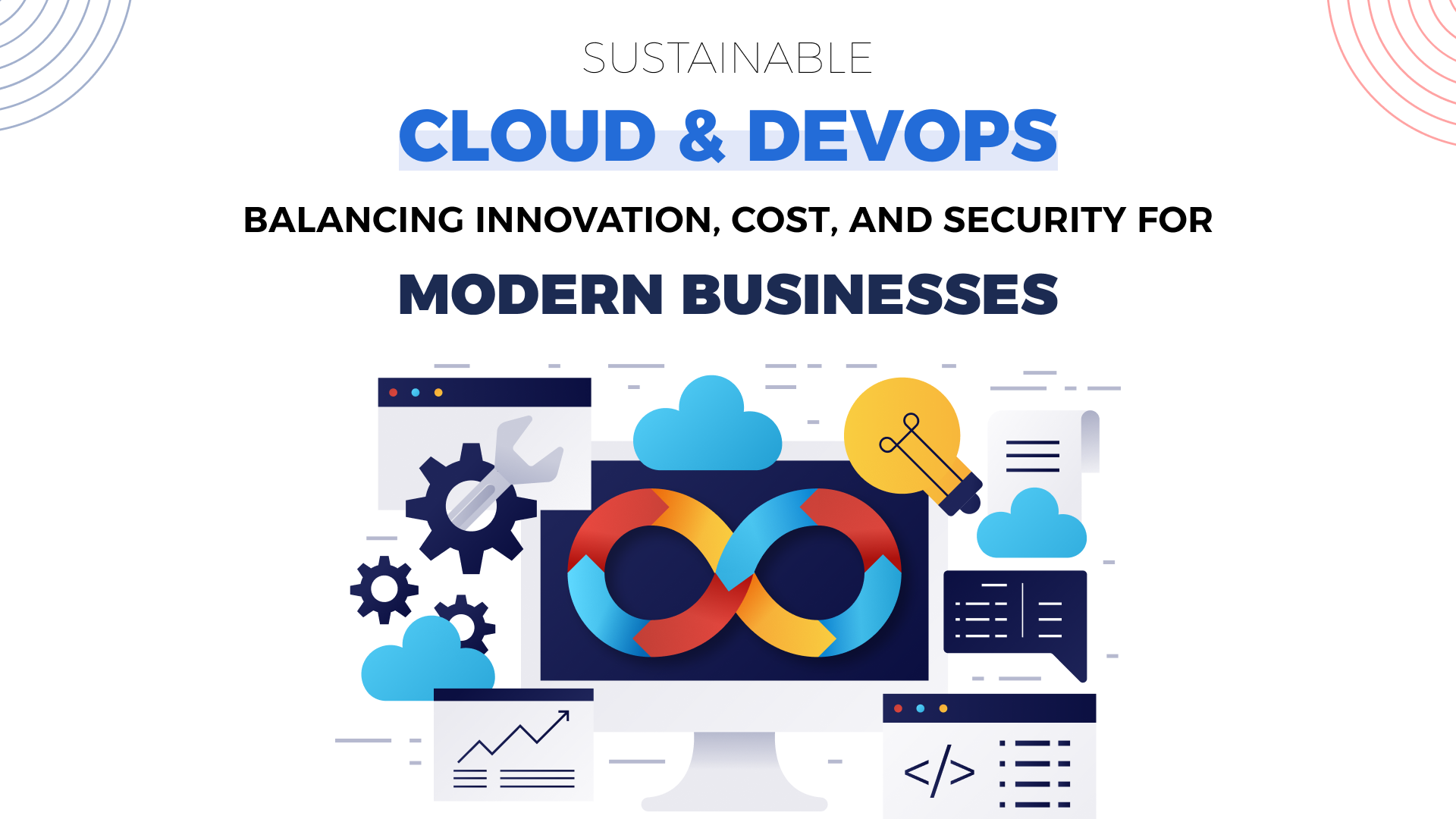From Legacy to Cloud-First: A Practical Roadmap for Global Enterprises.
The business landscape has entered a digital-first era, where agility, scalability, and resilience determine competitive advantage. For global enterprises, the question is no longer “Should we move to the cloud?” but rather “How fast can we get there and how effectively?”
Legacy IT systems, while once dependable, now hinder innovation and efficiency. A cloud-first strategy provides enterprises with the flexibility to modernize operations, reduce costs, and respond to dynamic global markets. However, transitioning from legacy infrastructure to cloud-first operations requires a structured, practical roadmap.
Why Cloud-First Matters for Global Enterprises
- Agility & Scalability: Cloud enables enterprises to scale infrastructure instantly to support global demand.
- Innovation Enablement: Cloud services empower AI, analytics, and automation initiatives.
- Cost Optimization: Pay-as-you-go models reduce capital expenses and optimize IT budgets.
- Resilience & Security: Advanced disaster recovery, compliance, and multi-region redundancy safeguard enterprise operations.
- Global Reach: Cloud infrastructure supports seamless operations across multiple geographies.
Challenges of Moving from Legacy to Cloud
- Data & Application Complexity: Migrating large volumes of data and business-critical apps without downtime.
- Cultural Shift: Teams accustomed to legacy systems may resist adopting new cloud workflows.
- Security & Compliance: Meeting international regulations (GDPR, HIPAA, etc.) while maintaining cloud flexibility.
- Cost Management: Without the right governance, cloud adoption can lead to overspending.
A Practical Roadmap for Cloud-First Transformation
1. Assess & Define Strategy
Begin with a clear vision aligned to business objectives. Identify which applications can be rehosted, replatformed, or refactored for the cloud. Involve stakeholders across IT, operations, and leadership to ensure alignment.
2. Choose the Right Cloud Model
- Public Cloud: Best for agility and cost efficiency.
- Private Cloud: Ideal for data-sensitive industries like finance and healthcare.
- Hybrid/Multi-Cloud: Combines flexibility, resilience, and vendor risk mitigation.
3. Prioritize Workloads
Not every workload should migrate at once. Start with non-critical applications to build experience, then scale to mission-critical systems.
4. Modernize Applications
Legacy applications often need re-architecture. Using microservices, containers, and APIs helps enterprises unlock cloud-native benefits.
5. Implement Governance & Security
Establish policies for cost control, compliance, and data security. Leverage identity management, encryption, and monitoring tools to safeguard cloud assets.
6. Upskill Teams & Drive Culture Change
Cloud-first adoption requires new skills in DevOps, automation, and security. Invest in continuous training and foster a culture that embraces innovation.
7. Monitor, Optimize & Scale
Cloud transformation is not a one-time project. Continuously monitor performance, optimize workloads for cost, and scale innovations globally.
Success Story Example
Consider a global retail enterprise that migrated its ERP and customer platforms to the cloud. By adopting a cloud-first strategy, they achieved:
- 40% reduction in IT costs.
- Faster product rollouts in new regions.
- Improved resilience with zero downtime during peak shopping seasons.
This transformation not only modernized their IT stack but also enabled them to outpace competitors in customer experience.
The Future: Cloud-First as a Business Imperative
By 2030, enterprises that cling to legacy systems risk falling behind. Cloud-first isn’t just an IT choice, it's a strategic business imperative. For global organizations, a well-structured roadmap ensures a smooth migration, mitigates risks, and delivers tangible ROI.
At BVM Web Solutions, we help enterprises navigate this transformation journey with end-to-end cloud adoption services from strategy and migration to modernization and optimization. Our goal is to ensure your business thrives in the digital-first world.








